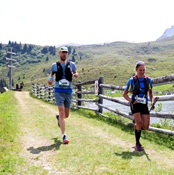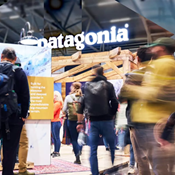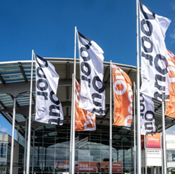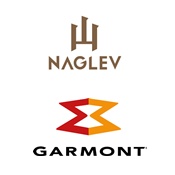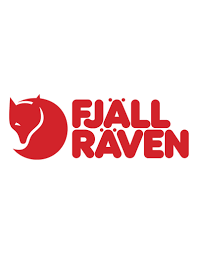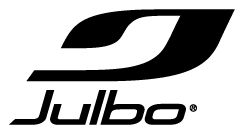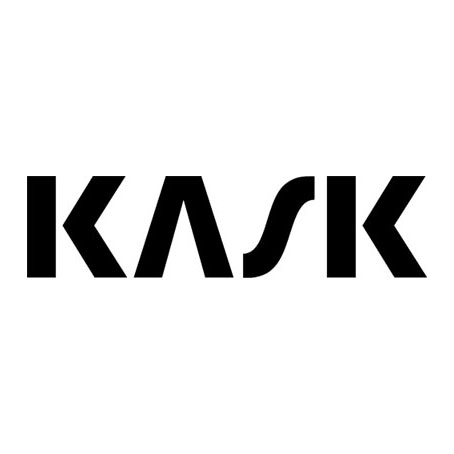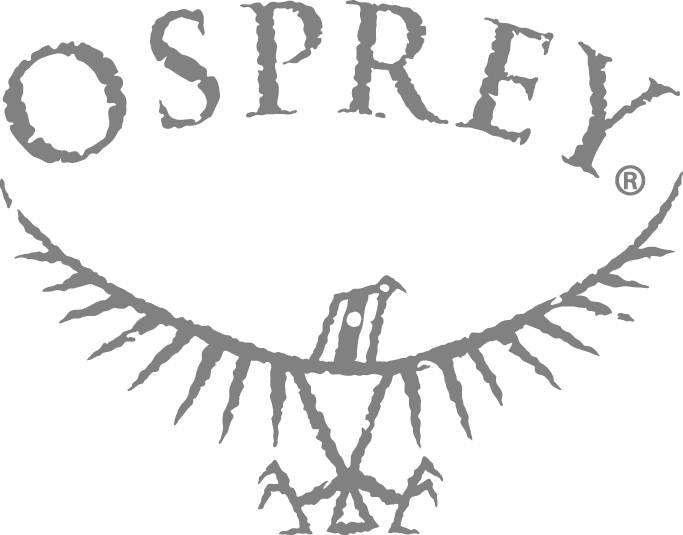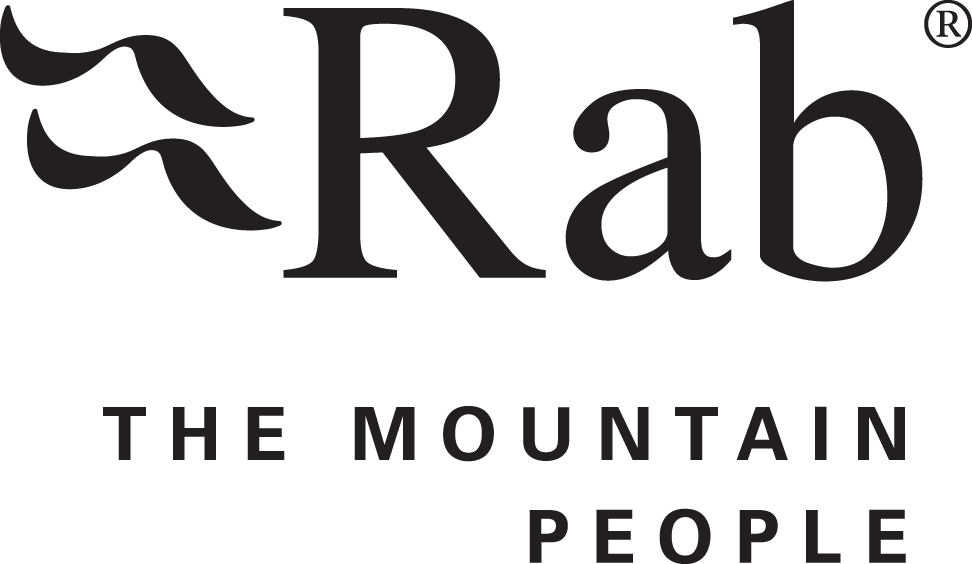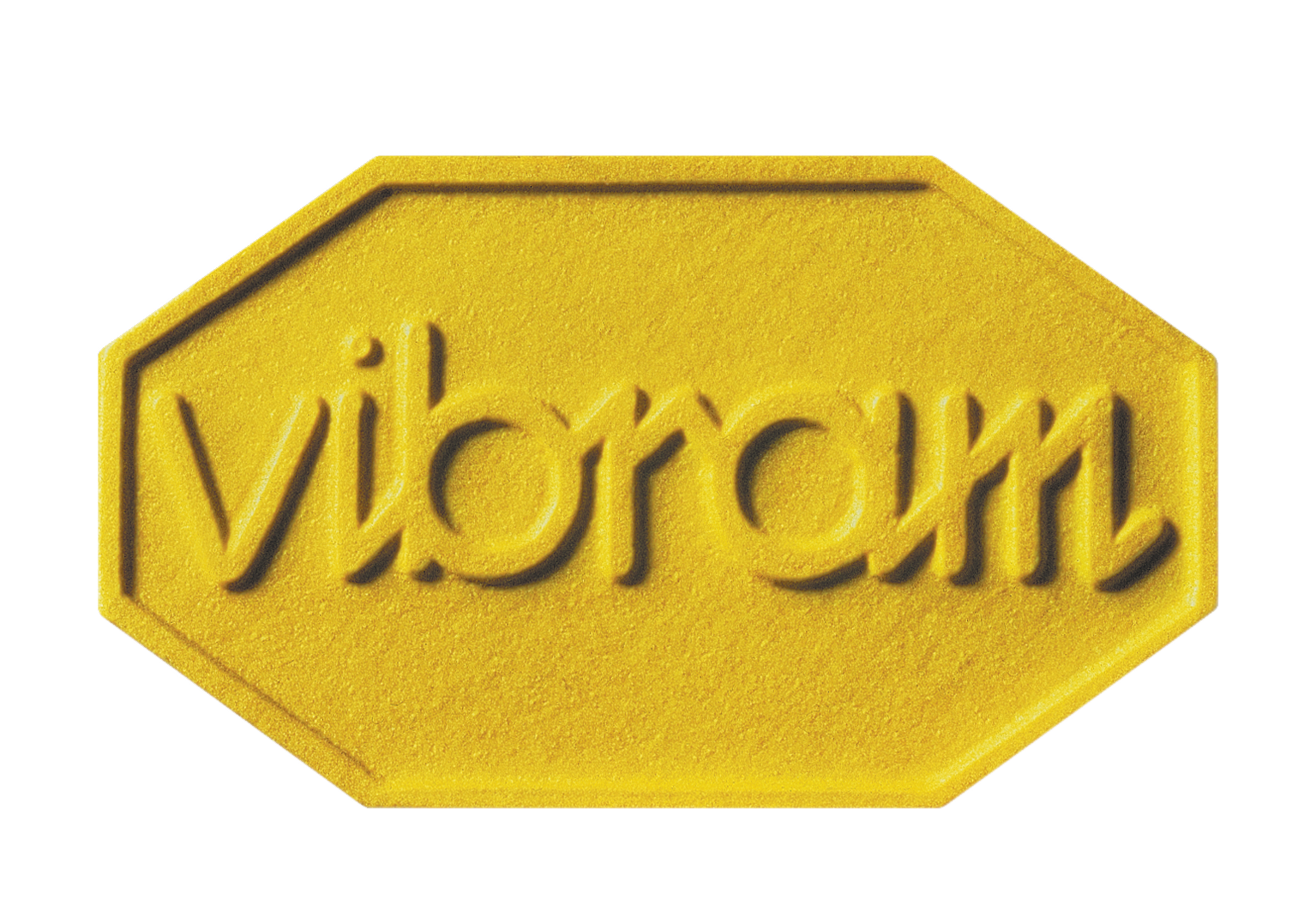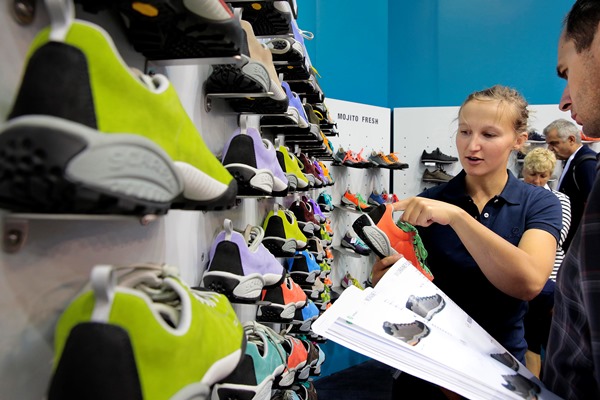
Everywhere you look these days, you see outdoor footwear – around town, in the lecture theatre, at the office and, of course, in the woods and mountains. The uppers might be made of leather or synthetic fabrics; they might be brown, multi-coloured, low-cut or mid-cut. Robust outdoor footwear continues to grow in popularity. Generally speaking, it’s not technical functionality that wins customers over, it’s all about comfort. And comfort is something that outdoor footwear manufacturers do particularly well. Anyone wearing hiking boots or trail shoes all day long wants them to be as comfortable as possible. Because a day in the hills or mountains is usually followed by another and another.
Outdoor footwear accounts for 25 per cent of overall turnover in the outdoor industry – and this figure is set to increase in the future. Boots and shoes are a reliable factor, for manufacturer and retailers alike. Adidas’ outdoor footwear segment is witnessing very positive sales growth in all channels, especially in the mid-range and higher price categories. Matthias Wanner, head of sales, Lowa concurs, “Demand for high-quality footwear is enjoying a very positive development.” Why is this? Jürgen Siegwarth, brand manager Hanwag is happy to explain, “Customers are looking carefully for a better, more personalised fit.” More than anywhere else, outdoor footwear manufacturers use specialist lasts to make specific models for all different types of feet, mainly using genuine handcrafted techniques and not mass production.
According to Matthias Wanner, this trend is set to continue, “There’s continued demand for lightweight, comfortable and functional footwear for shorter hikes, summer excursions and general leisure use.” Most of these models are not classic hiking footwear or mountain boots, but manufacturers are not complaining. Conventional trekking and mountain boots remain an important source of sales, and also help influence consumer purchasing decisions. “These models are our brand identity, they sell reliably and often help newer models to sell too,” said Jürgen Siegwarth of Hanwag’s classic hiking and trekking boots.
Categories such as lightweight hiking footwear, trail shoes, travel footwear and barefoot models are responsible for this success – and they’re ideal for everyday use too. “Lightweight, technical, sporty models, suitable for general wear are going to continue to dominate,” is how Herbert Horelt, manager (Germany) for Swedish brand Haglöfs, sees matters.
At the OutDoor in Friedrichshafen, additional functionality still has an important role to play. “Our Gore-Tex Surround models are bestsellers. We plan to extend this category in 2016, as our customers want lightweight, comfortable and breathable footwear,” said Stefan Müller, sales manager, Meindl, Germany. The American sportswear company Columbia summarizes the situation as follows, “Getting the balance right between lifestyle and functionality is important – with the addition of new incentives such as our Outdry technology and ventilation,” said sales manager Uwe Käthler. Other international operators share this opinion. Aspects such as suitability for everyday wear, comfort and design with functional features, including Vibram soles, abrasion-resistant upper fabrics and high quality leather are the key to success, says Johanna Rastner, sales manager for Italian shoemaker Scarpa. Footwear manufacturers are upbeat about the future – and it would seem that outdoor footwear to remain a retailers’ best friend in 2016 too.
OutDoor 2015 is open to industry visitors only from Wednesday, July 15 to Saturday, July 18 July (Wednesday to Friday from 9 a.m. to 6 p.m. and Saturday from 9 a.m. to 5 p.m.). All important information about the OutDoor trade fair with a directory of exhibitors, events and directions are available to download free of charge at: www.outdoor-show.com. For some extra OutDoor feeling visit: www.facebook.com/OutDoor.Show.
INFO: OutDoor 2015


